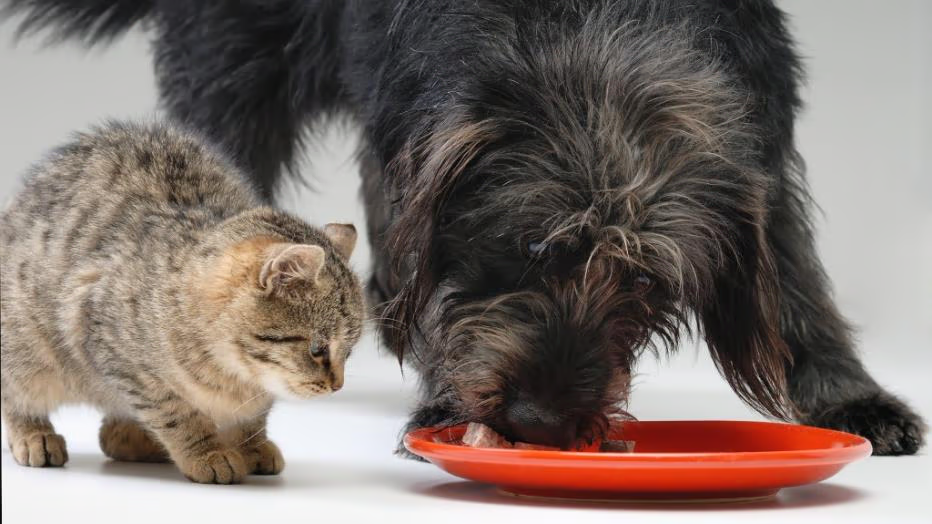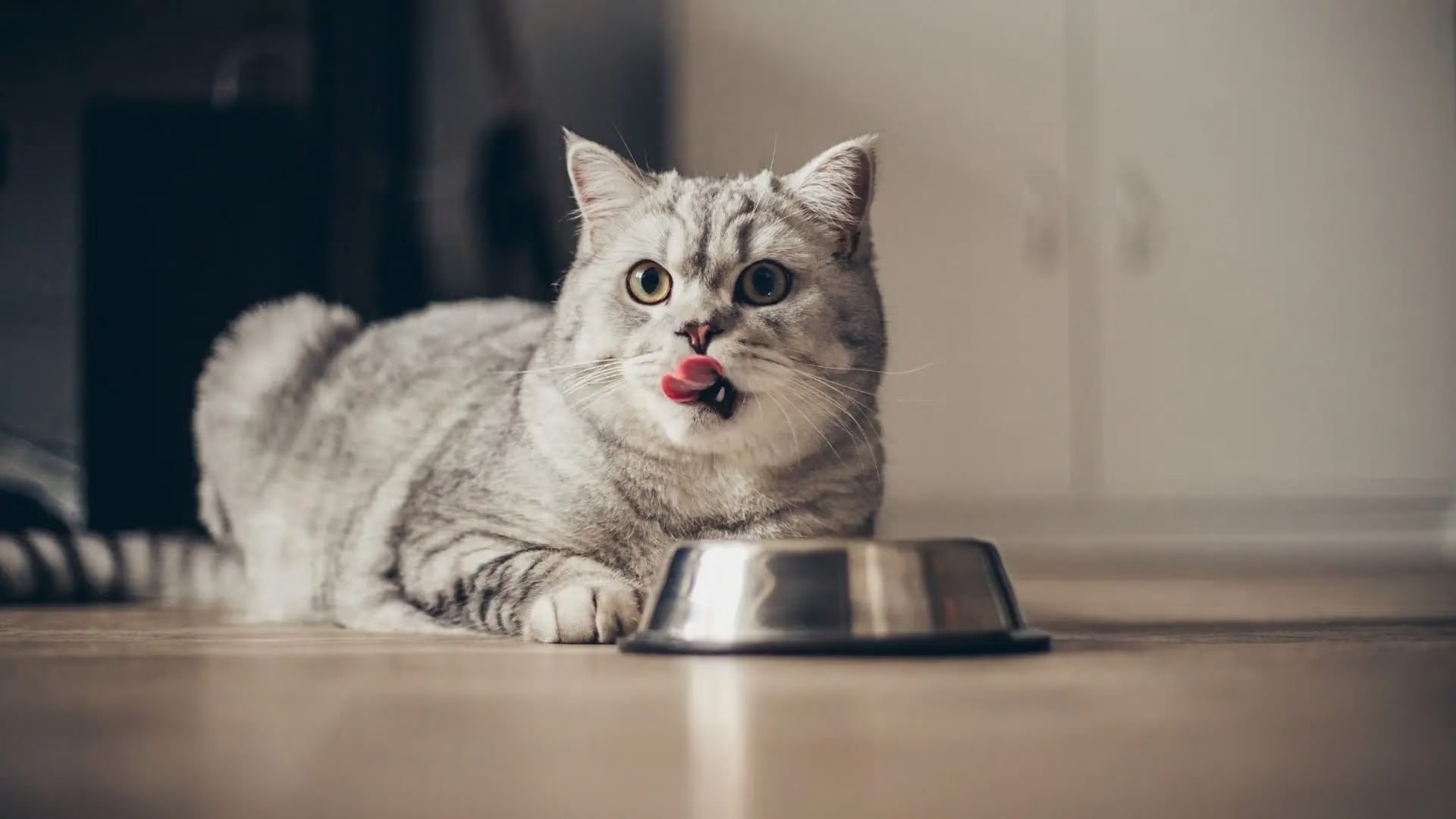Bexacat (bexagliflozin tablets) is also the first sodium-glucose cotransporter 2 (SGLT2) inhibitor new animal drug approved by the FDA in any animal species. An SGLT2 inhibitor is not insulin and is not for use in cats with the type of diabetes mellitus that requires insulin treatment. The labeling for Bexacat includes a boxed warning regarding the critical need for appropriate patient selection and the potential for certain severe adverse reactions.
As with people, the cells of a cat's body need sugar in the form of glucose for energy. Cats with diabetes mellitus cannot properly produce or respond to the hormone insulin, which helps cells use glucose as a source of energy for normal function. Without treatment, cats with diabetes mellitus will have high levels of glucose in their blood and urine. The first symptoms of diabetes mellitus are usually increased thirst and urine output, weight loss, and increased appetite. Diabetes mellitus in cats often requires lifelong therapy.
Cats with diabetes mellitus have been traditionally treated with a combination of insulin therapy and diet. Insulin therapy requires owners to administer insulin injections, usually twice a day, roughly 12 hours apart at the same time each day. Bexagliflozin, the active ingredient in Bexacat, prevents the cat's kidneys from reabsorbing glucose into the blood, causing excess glucose to be passed out in the urine and resulting in lowered blood glucose. Bexacat is given to cats orally once daily via a flavored tablet.
Although there are notable safety concerns with the use of Bexacat, they can be mitigated by carefully screening cats before starting the drug, continued diligent monitoring regardless of the duration of or response to treatment, and knowing how to promptly recognize and appropriately treat serious and life-threatening adverse reactions.
The data from two 6-month field studies and an extended use field study demonstrated that Bexacat was over 80 percent effective in improving glycemic control in cats with diabetes mellitus. However, potential patients must be selected carefully and screened to evaluate for kidney, liver and pancreatic disease, as well as ketoacidosis (a high level of a type of acids, known as ketones, in the blood).
Bexacat should not be used in cats who have previously been treated with insulin, are receiving insulin treatment, or who have insulin-dependent diabetes mellitus, as serious adverse reactions can occur. Bexacat should not be initiated in cats who are not eating well, dehydrated, or lethargic when diagnosed with diabetes mellitus.
Cats treated with Bexacat may be at an increased risk of serious adverse reactions, including diabetic ketoacidosis or euglycemic diabetic ketoacidosis, which can be fatal. Cats with diabetic ketoacidosis or euglycemic ketoacidosis should be treated as emergencies, including discontinuation of Bexacat and initiation of insulin therapy.
All cats who receive Bexacat should be examined and have blood tests at regular intervals following initiation of treatment. Cats should be carefully monitored for lack of appetite, lethargy, dehydration, and weight loss. Cat owners who note any of these signs should stop Bexacat treatment and immediately take the cat to a veterinarian, who should assess the cat for diabetic ketoacidosis or euglycemic diabetic ketoacidosis.
Clients whose cats receive Bexacat should receive a Client Information Sheet informing them of the potential risks associated with Bexacat treatment, signs to watch for, and what to do if their cat becomes symptomatic. There will also be educational outreach to veterinarians to familiarize them with the appropriate use of the product. The outreach and materials will be available so veterinarians can learn about the product before prescribing its use.
As with all new animal drugs, veterinarians and clients should report any adverse events to the sponsor, which is required to provide those reports to the FDA. Veterinarians and clients may also report directly to the FDA.
Bexacat oral tablets are administered to cats weighing 6.6 pounds (3.0 kg) or greater once daily, at approximately the same time each day, with or without food and regardless of blood glucose level.
Bexacat is supplied in 15mg flavored tablets in 30 and 90-count bottles.Bexacat is sponsored by Increvet Inc., based in Boston, Massachusetts.
By FDA - USD Food & Dugs Administration
You could be interested: Analysis: How Avian Flu Cases in Domestic Cats Can Impact the Manufacturing Industry






































